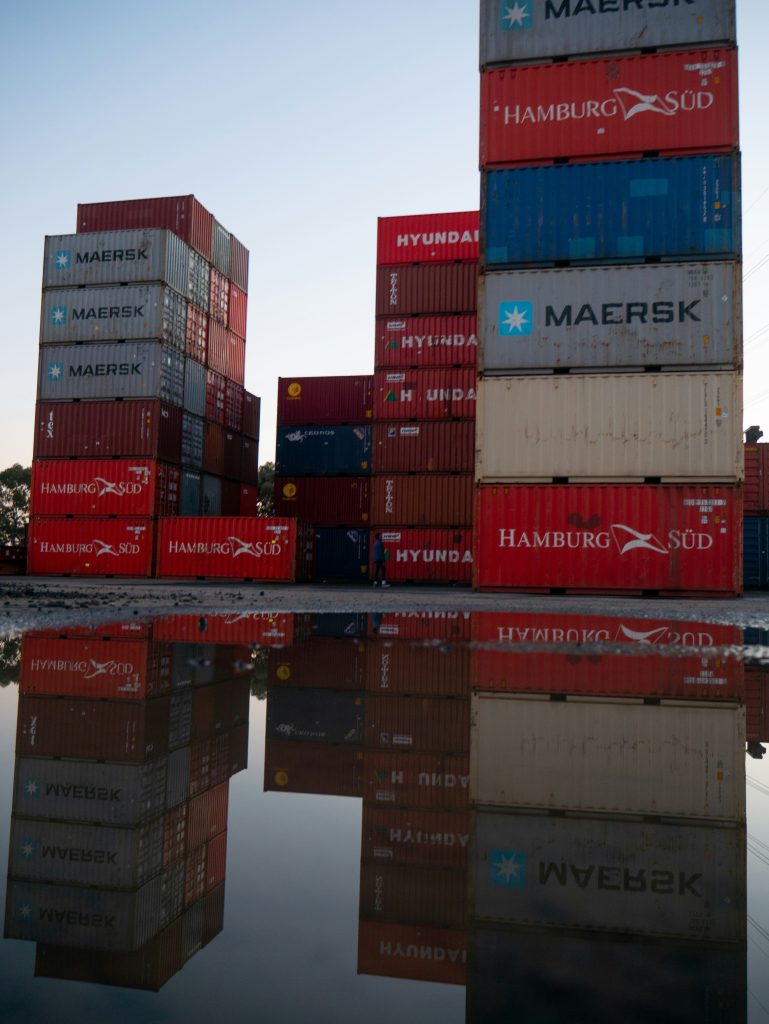What is an Exporter? Types of Export Strategies Explained
Export Strategies Explained: Exporting is a critical component of international trade, enabling businesses to expand their markets, increase revenue, and contribute to economic growth.
This guide explores what an exporter does, the types of exporters, and the benefits and challenges of exporting.

What is an Exporter?
Definition and Function
An exporter is a business or person that ships goods or services to another country for sale or trade. The process involves several steps, including market research, compliance with export regulations, logistics management, and often, securing payment from foreign buyers.
Types of Export Strategies
Different Approaches to Exporting
Direct Exporting
- Definition: Selling products directly to customers in foreign markets without intermediaries.
- Advantages: Greater control over the sales process, higher profit margins.
- Challenges: Requires significant resources and knowledge of the target market.
- Examples: A U.S. manufacturer selling directly to retailers in Europe.
Indirect Exporting
- Definition: Using intermediaries, such as export trading companies or export management companies, to sell products abroad.
- Advantages: Lower risk, reduced need for in-depth market knowledge.
- Challenges: Lower profit margins, less control over the sales process.
- Examples: A small business using an export management company to reach markets in Asia.
Distributor Agreements
- Definition: Partnering with foreign distributors who buy products and resell them in their local markets.
- Advantages: Local market expertise, established distribution networks.
- Challenges: Dependence on the distributor’s performance, potential for lower margins.
- Examples: A food manufacturer partnering with a distributor in the Middle East.
Licensing
- Definition: Granting a foreign company the rights to produce and sell products under the exporter’s brand.
- Advantages: Low investment, quicker market entry.
- Challenges: Risk of losing control over product quality and brand reputation.
- Examples: A technology company licensing its software to a firm in Japan.
Franchising
- Definition: Allowing a foreign business to operate using the exporter’s brand and business model.
- Advantages: Rapid expansion, reduced financial risk.
- Challenges: Maintaining brand consistency, potential conflicts with franchisees.
- Examples: A fast-food chain expanding globally through franchising.
Joint Ventures
- Definition: Forming a partnership with a foreign company to share resources and expertise.
- Advantages: Local market knowledge, shared risks and costs.
- Challenges: Complex management structures, potential for conflicts.
- Examples: An automotive company entering a joint venture with a local manufacturer in India.
Strategic Alliances
- Definition: Collaborating with foreign companies to achieve mutual benefits while remaining independent.
- Advantages: Access to new markets and technologies, shared resources.
- Challenges: Managing partnership dynamics, aligning goals and strategies.
- Examples: A pharmaceutical company forming a strategic alliance with a research firm in Germany.
E-commerce
- Definition: Selling products online directly to international customers through e-commerce platforms.
- Advantages: Global reach, lower operational costs.
- Challenges: Handling international logistics, managing foreign customer service.
- Examples: An apparel company selling directly to consumers worldwide through its website.

Choosing the Right Export Strategy
Understand the demand, competition, and regulatory environment in the target market.
Assess the financial, human, and technical resources required for each strategy.
Determine if product modifications are needed to meet local preferences and standards.
Evaluate the level of risk your business is willing to take and the potential returns.
Consider how much control you want over the sales process and the flexibility required to respond to market changes.

Common Challenges Faced by Exporters
Overcoming Difficulties
Navigating complex export regulations and obtaining necessary licenses can be challenging.
Solution: Stay informed about regulations, seek expert advice, and ensure thorough documentation.
Managing international logistics, customs clearance, and transportation can be daunting.
Solution: Partner with reliable freight forwarders and logistics companies.
Understanding foreign markets and customer preferences requires extensive research.
Solution: Conduct market research, attend trade shows, and build relationships with local partners.
Ensuring payment from international buyers can be risky.
Solution: Use secure payment methods such as letters of credit, advance payments, and export credit insurance.

Navigating cultural differences in business practices and communication can be complex.
Solution: Invest in cultural training and hire local staff or consultants.
FAQs about Exporting
Answers to Common Questions
- What is an exporter?
- An exporter is a business or individual that sells goods or services to foreign countries.
- What are the benefits of exporting?
- Benefits include market expansion, increased revenue, economies of scale, and exposure to new innovations and practices.
- What types of exporters are there?
- There are direct exporters, indirect exporters, and service exporters.
- What steps are involved in becoming an exporter?
- Key steps include conducting market research, developing an export plan, ensuring regulatory compliance, arranging logistics, and securing payment methods. Visit International Trade Administration to find out more about their regulations.
- What challenges do exporters face?
- Challenges include navigating complex regulations, managing logistics, securing payments, and adapting to different market conditions.

Conclusion
Summary and Final Thoughts
Choosing the right export strategy is crucial for achieving success in international markets. By understanding the role of an exporter, the types of export strategies, and the steps involved in exporting, businesses can effectively navigate the complexities of international trade. Proper planning, compliance with regulations, and effective logistics management are key to successful exporting.
